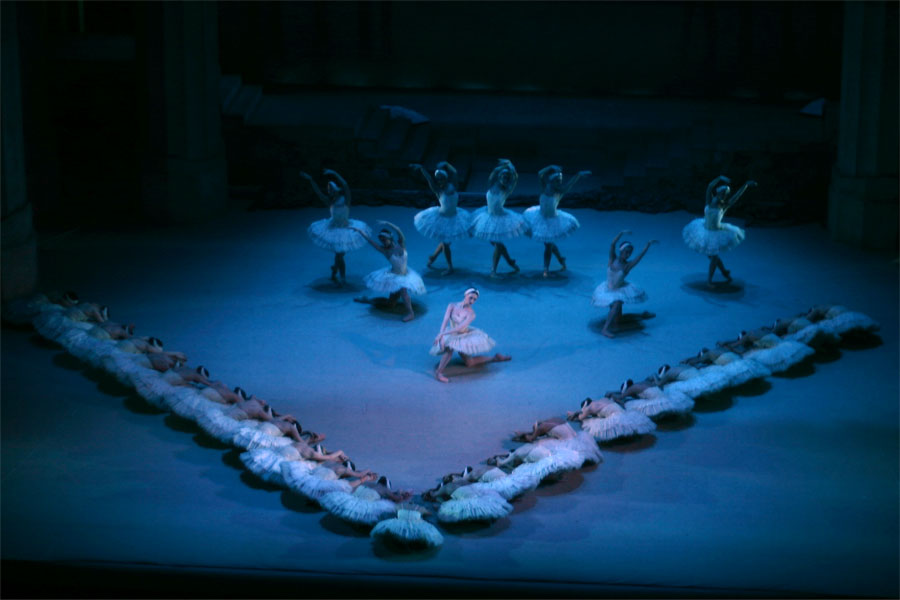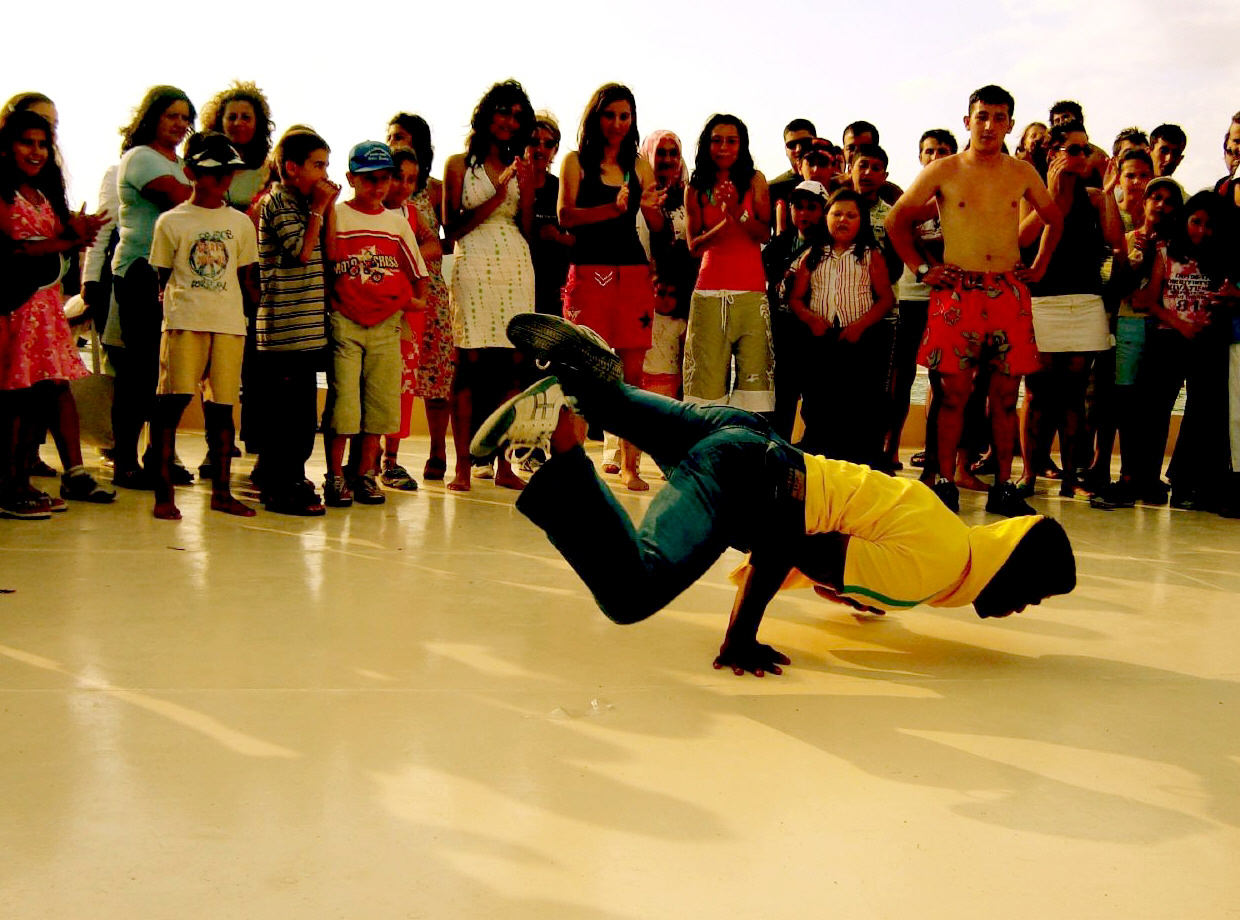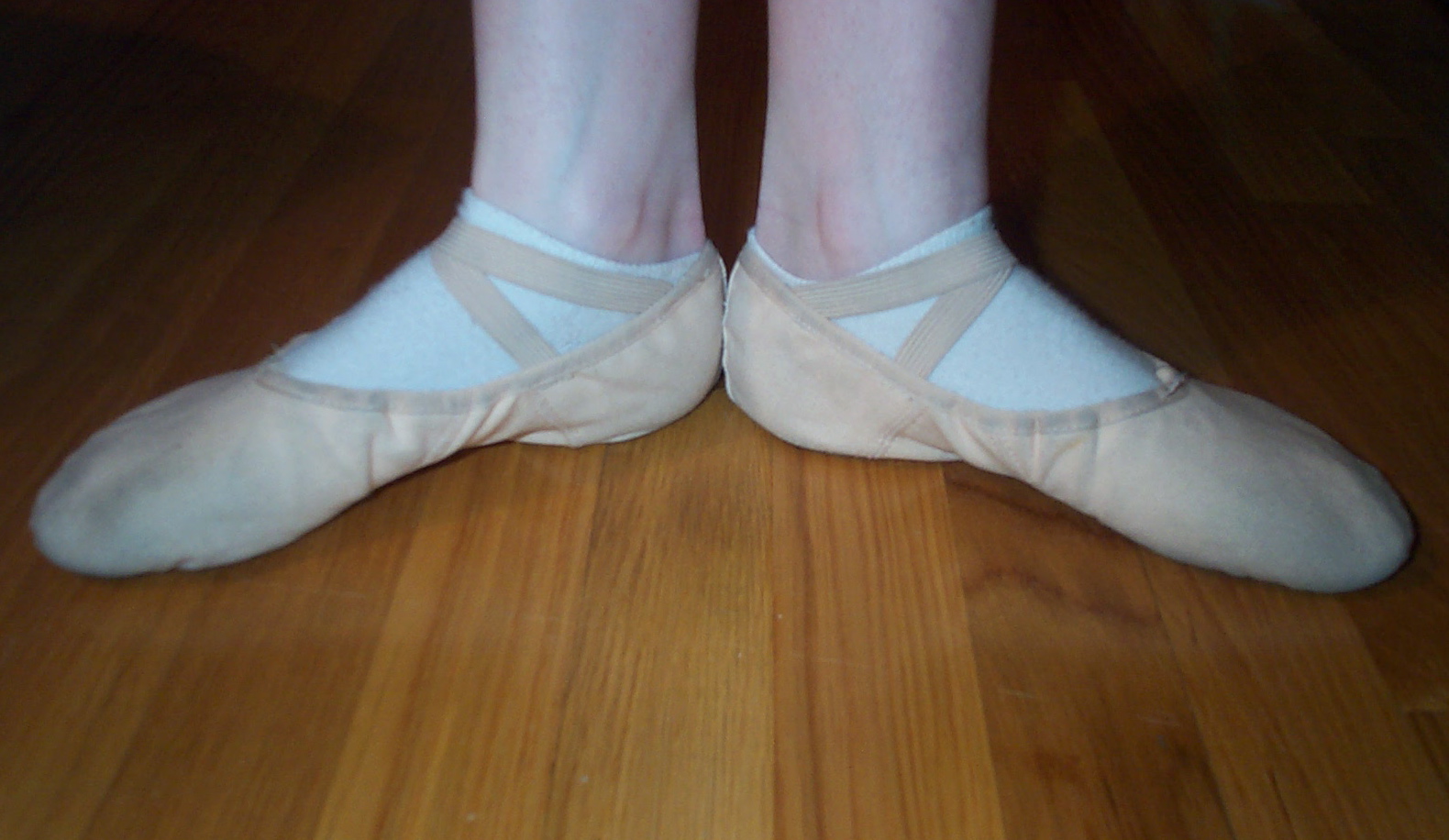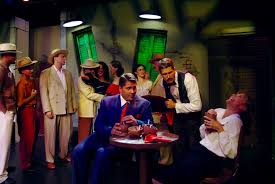 English National Ballet will present its Swan Lake in-the-round at the Royal Albert Hall from 1-12 June 2016, a production which, in the past, has been described as “a sumptuous spectacle”. Choreographer Derek Deane’s critically acclaimed production of Swan Lake in-the-round will be presented at the iconic venue, the largest production of its kind.
English National Ballet will present its Swan Lake in-the-round at the Royal Albert Hall from 1-12 June 2016, a production which, in the past, has been described as “a sumptuous spectacle”. Choreographer Derek Deane’s critically acclaimed production of Swan Lake in-the-round will be presented at the iconic venue, the largest production of its kind.
English National Ballet’s Swan Lake features over 120 dancers, receiving its world premiere in 1997. The production has since been enjoyed by over 500,000 people worldwide. Many would argue that Swan Lake is the most popular ballet ever created; it tells the story of Prince Siegfried’s love for the Swan Queen, Odette, their battle against the evil magician, Rothbart, and an encounter with the manipulative Odile. Deane’s production features acrobats, jugglers and 60 swans, made up of the company’s corps de ballet and additional dancers.
Bringing the romance and high drama of this iconic ballet alive, the production is set to Tchaikovsky’s memorable score played live by the English National Ballet Philharmonic. English National Ballet’s aim of continuing to work with the very best talent from around the world will see guest artists Osiel Gouneo, who stunned audiences recently in English National Ballet’s production of Le Corsaire, and Constantine Allen, a Principal with Stuttgart Ballet, join the company. They will partner Alina Cojocaru, who makes her debut in Deane’s in-the-round production, and Laurretta Summerscales, who was recently promoted to Principal dancer on stage after a performance.
Other principal casting includes Lead Principal dancers Tamara Rojo and Isaac Hernandez, who makes his debut in the role, Fernanda Oliveira and Alejandro Virelles, Erina Takahashi and Yonah Acosta, and young emerging talent Shiori Kase and Cesar Corrales, who both make their debut in the roles.









